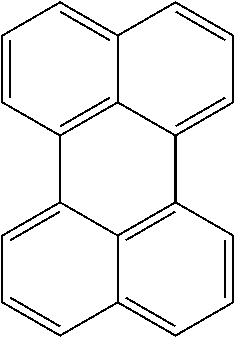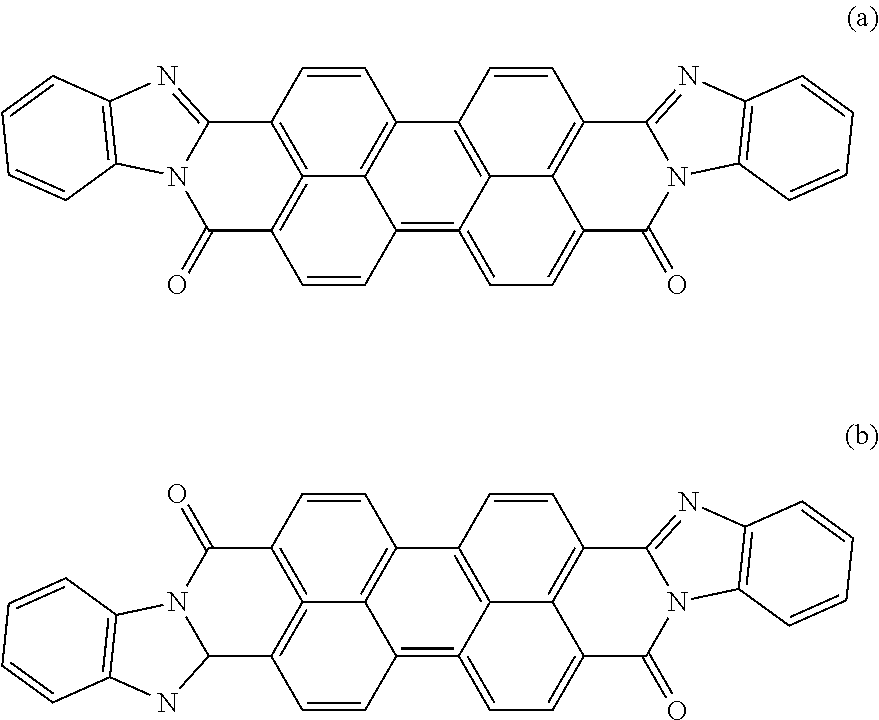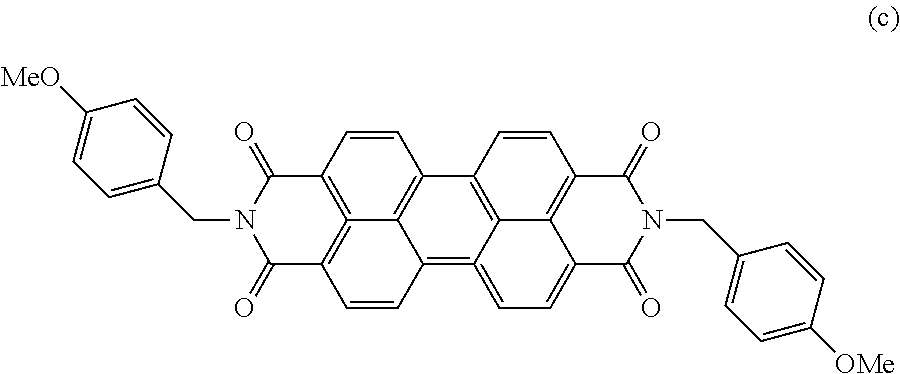Coating compositions that transmit infrared radiation and exhibit color stability and related coating systems
a technology of coating composition and infrared radiation, applied in radiation-absorbing paints, instruments, lighting and heating apparatus, etc., can solve the problems of difficult to achieve coatings that exhibit jet black color, dark colored coatings have historically been susceptible to near-infrared radiation absorption, and dark colored coatings historically have been susceptible to substantially increased temperatures
- Summary
- Abstract
- Description
- Claims
- Application Information
AI Technical Summary
Benefits of technology
Problems solved by technology
Method used
Image
Examples
examples 1-7
Preparation of Pigment Dispersions
[0104]Examples 1-5 were processed using methods and equipment to make low haze tints. Examples 6 and 7 were prepared as pigment dispersions having higher haze.
example 1
[0105]Paliogen Black L 0086 was milled and dispersed in the mill base formula shown in Table 1, on a QM-1 QMAX Supermill (Premier Mill, SPX Process Equipment) using 0.5 mm YTZ® milling media (Tosoh Corporation) to the final % haze value shown in Table 2.
example 2
[0106]Lumogen Black FK 4280 was milled and dispersed in the mill base formula shown in Table 1, on a QM-1 QMAX Supermill (Premier Mill, SPX Process Equipment) using 0.5 mm YTZ® milling media (Tosoh Corporation) to the final % haze value shown in Table 2.
PUM
| Property | Measurement | Unit |
|---|---|---|
| particle size | aaaaa | aaaaa |
| particle size | aaaaa | aaaaa |
| haze | aaaaa | aaaaa |
Abstract
Description
Claims
Application Information
 Login to View More
Login to View More - R&D
- Intellectual Property
- Life Sciences
- Materials
- Tech Scout
- Unparalleled Data Quality
- Higher Quality Content
- 60% Fewer Hallucinations
Browse by: Latest US Patents, China's latest patents, Technical Efficacy Thesaurus, Application Domain, Technology Topic, Popular Technical Reports.
© 2025 PatSnap. All rights reserved.Legal|Privacy policy|Modern Slavery Act Transparency Statement|Sitemap|About US| Contact US: help@patsnap.com



